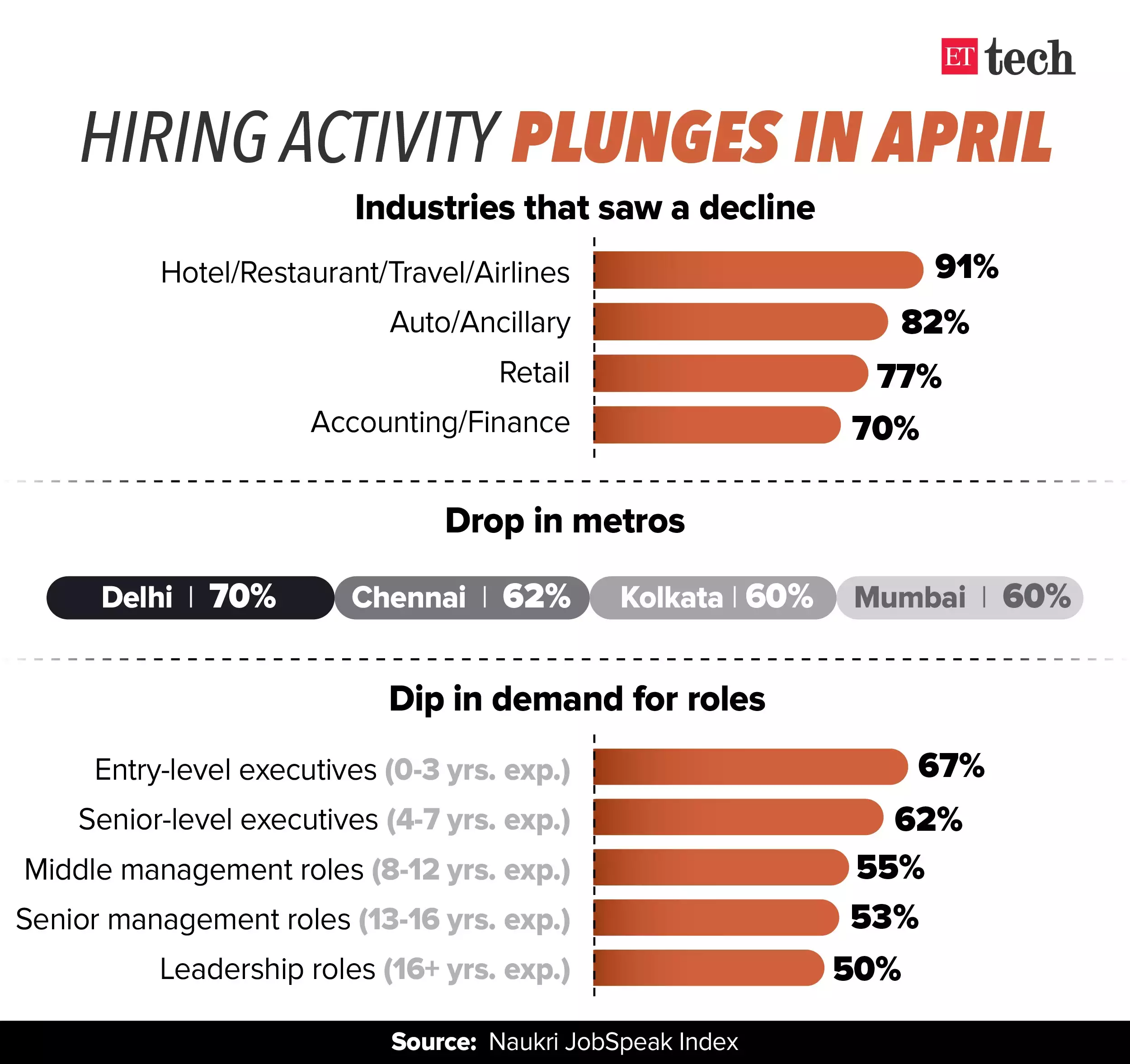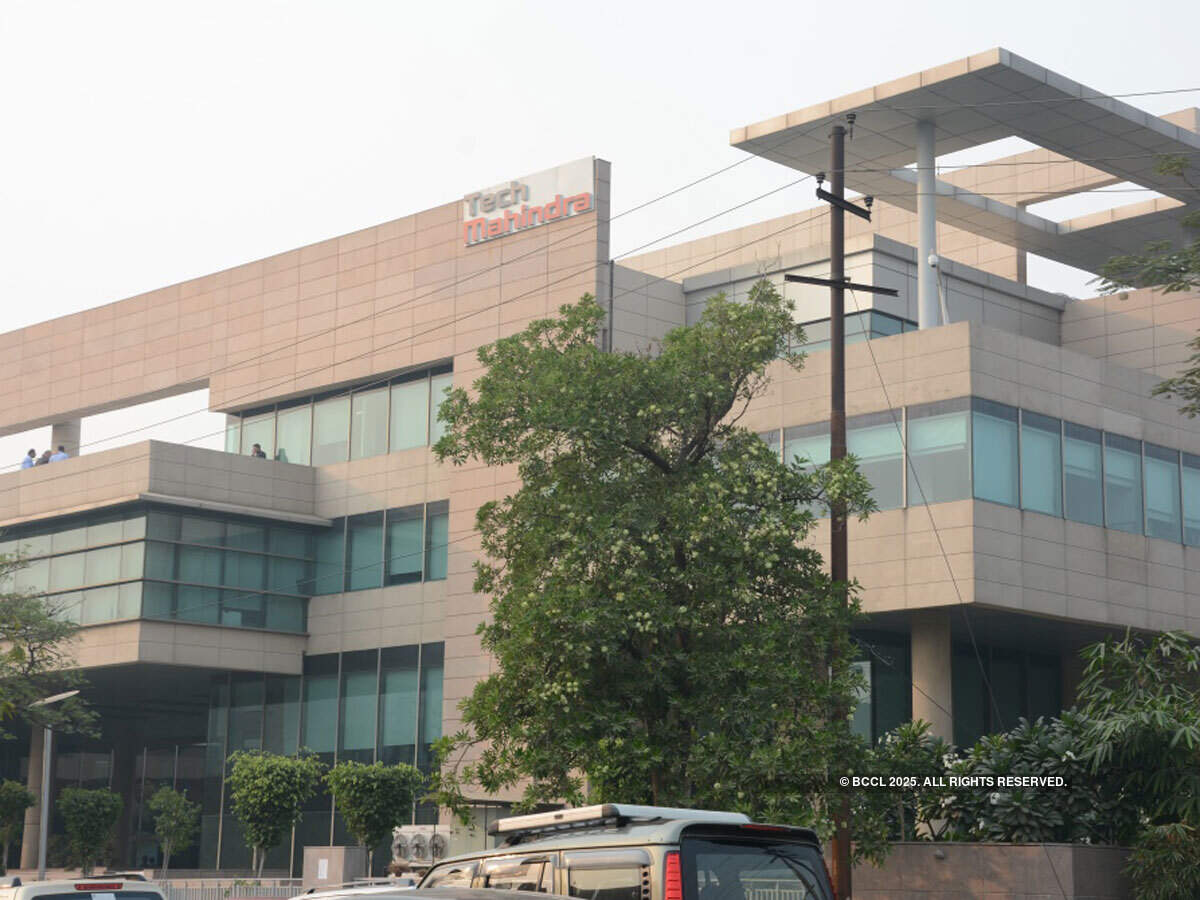As India enters the last week of Lockdown 3.0, there are many questions as to what will happen after May 17. While the Indian Railways restarted bookings for passenger trains, it remains to be seen whether this is a step to ease the country out of the lockdown. Prime Minister Narendra Modi also met chief ministers from states today to take a final call on what happens next.
Meanwhile, Ahmedabad became the first city in the country to make cashless payments mandatory for home delivery orders in an effort to tackle the spread of Covid-19 through currency notes.

Cart is empty
Even though online marketplaces are allowed to sell non-essentials in orange and green zones, e-commerce firms including Amazon and Flipkart are finding few takers for products like refrigerators, air conditioners and apparel.
That’s because discretionary spending is almost non-existent as consumers defer high-cost purchases in the wake of uncertainty caused by the coronavirus outbreak. E-tailers are still awaiting permission for sale of non-essential goods in key cities including Delhi, Mumbai and Bengaluru—that are classified as red zones.
By the numbers
- Analysts have downgraded growth forecast for the industry to just 6% in 2020 due to the pandemic while estimating this figure could drop further.
- India’s e-commerce market grew by around 35% to $32 billion in 2019.
The gloomy outlook for the e-commerce industry is being partly borne out by the very low sales of goods such as air conditioners and refrigerators in tier II and III markets despite it being summer when sales of such items spike. Read more.

Jobs after layoffs
Seeing an increased demand from professionals, job portals are prioritising laid off workers.
Gig workers are able to find new jobs in sectors such as healthcare, pharmaceutical & life sciences, e-commerce, logistics, online groceries and agri-tech. This comes when hiring activity tumbled 62% year-on-year in April.
In numbers
- Listings of work-from-home (WFH) jobs that pay around Rs 5 lakh annually have doubled compared with February, as per Naukri.
- Monthly jobseeker applications have increased 31% and 38% in February and March, respectively, compared with January, according to Scikey. Read more.
Flood of pink slips coming, warn startups >> Read more
Hiring activity falls in April, says Naukri survey >> Read more
Infographic Insight

At a time when the Covid-19 pandemic has ravaged consumer businesses, SoftBank-backed eyewear maker Lenskart is projecting a double-digit growth in sales for the ongoing financial year.

Lenskart still sees 20% sales uptick
Lenskart Eyewear Solutions has projected a 20% growth in sales in the ongoing financial year. The eyewear solutions company, which had to shutter its retail outlets across the country, has reopened about 100 stores over the last one week.
The sales are being driven primarily through the company’s website and mobile app. The split between online and offline sales are currently in a ratio of 90:10, according to its CEO Peyush Bansal, whereas pre-Covid-19, it was typically recording a ratio of 70:30 in favour of sales through its 600-plus stores.
- Lenskart is projecting opening an additional 200 stores in FY21.
- The company, which sold about 6 million pairs by the end of March 2020, is anticipating sales of about 7 million pairs by the end of the current fiscal, with demand picking up third-quarter onwards.
- The company, which recorded 40-50% year-on-year growth in revenue till fiscal 2019, has significantly cut its revenue projection for 2020-21. Read more.
Highly quotable
“We, fortunately, are in a business which is a necessity… Retail will, and is, going through a tough time, but it also depends on the category in which you’re operating… While consumption has taken a hit, people continue to need affordable eyewear. We have a speciality there, and we need to serve this demand.”
– Peyush Bansal, chief executive officer, Lenskart
Also Read: Amid turmoil at SoftBank, its Vision Fund scouts for secondary deals in India

Apple wants a bigger bite
Apple is examining the possibility of shifting nearly a fifth of its production capacity from China to India and scaling up its local manufacturing revenues, through its contract manufacturers, to around $40 billion over the next five years. If this happens, the iPhone maker could become India’s largest exporter.
In numbers
- Currently, Apple sells phones worth $1.5 billion in India, of which less than $0.5 billion is locally manufactured—a market share of 2-3%.
- In contrast, Apple is a top investor in China. In 2018-19, it produced merchandise valued at $220 billion, of which it exported goods worth $185 billion. It directly and indirectly employs about 4.8 million people there.
- According to market research firm IDC, Apple in 2018-19 held a 38% market share of global handset exports, followed by Samsung with a 22% share. Read more.

Pay cut notice
The Pune labour commissioner has sent a notice to Tech Mahindra—India’s fifth largest IT services firm—over complaints that it has suspended shift allowances to its India-based employees. More than a tenth of its 125,000-strong workforce is based in Pune, where it is headquartered.
Tech Mahindra is the latest among several tech firms, including Wipro and Amdocs, that received notices from the labour commissioner after complaints from National Information Technology Employees Sena (Nites). The Supreme Court is scheduled to hear on May 15 a petition by Nites alleging “salary cuts” and “mass termination” of employees by IT and BPO companies. Read more.
Global picks
● Tencent’s $40 Billion Gain Masks a Deeper Long-Term Threat. Read more at Bloomberg
● How ultraviolet light could help stop the spread of Covid-19. Read more at CNBC
● America’s meat shortage is more serious than your missing hamburgers. Read more at Recode
Leave a Reply